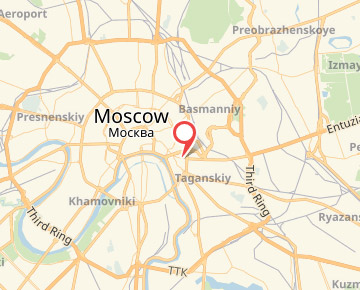
What is Predictive Analytics
Predictive analytics is a scientific discipline and a branch of Industry 4.0, which studies methods of forecasting. Based on data on the past and current state of an object, it is possible to calculate relatively accurately its characteristics in the future.
You encounter predictive analytics every day. Long-term weather observations and computer simulations allow meteorologists to warn you that tomorrow it is worth taking an umbrella.
Accurate forecasts of future events provide a great advantage in many industries
For example, in stock trading or when organizing logistics and supply chains. Recently, forecasting has found an application in industry, where it's used to prevent accidents on equipment. For this purpose, empirical modeling, statistical and parametric analysis, machine learning, neural networks and a number of other technologies are used. But before using any of those methods, you need to collect, accumulate and process data.
Equipment digitalization — the connection of digital sensors, interfaces, and data acquisition systems — makes it possible to use automated process control systems (APCS). They monitor the operation of equipment, warn of critical deviations, and protect installations from operating in outside their norms. However, despite their complexity, they only work in real time, warning of danger or disabling equipment after something breaks down.
PRANA works 'towards the future. Analyzing technological data from archives and online allows the system to forecast the future state of industrial equipment
To do this, PRANA uses advanced algorithms of mathematical modeling and statistical analysis, artificial neural networks and machine learning technologies. With the help of the industrial Internet of things a large number of turbines, transformers, boilers, and other machines are connected to the system. This simplifies digital model training and increases the depth and accuracy of forecasts. PRANA increases equipment efficiency, reduces operating costs, and prevents accidents.
Read here to find out how.






